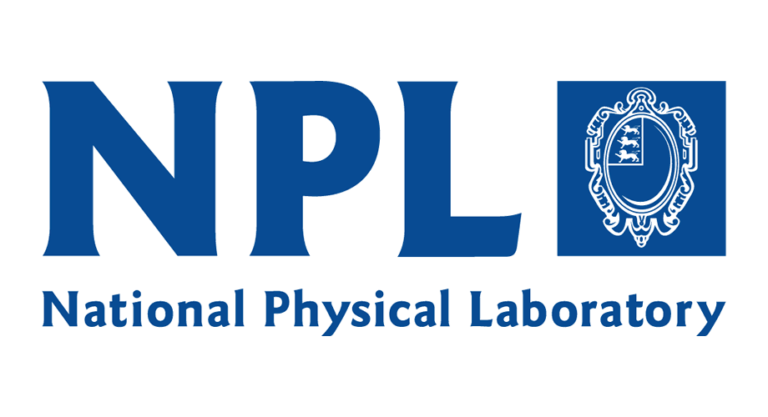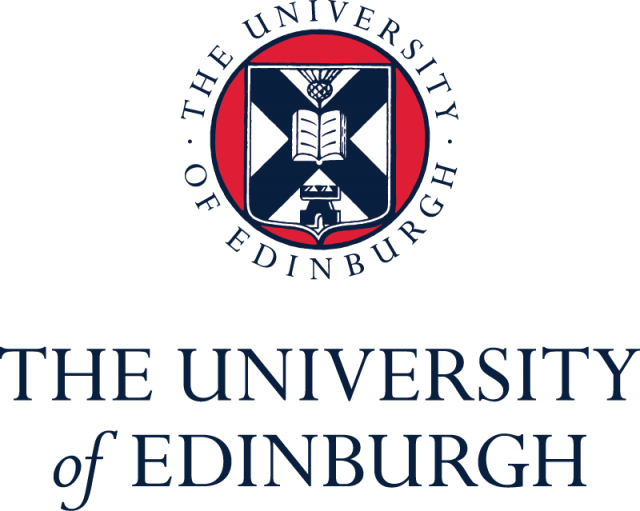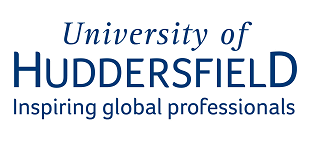Laser-based spectroscopic techniques - encompassing LIBS, Raman and deep-infrared absorption spectroscopy – offer unprecedented performance for molecular and elemental diagnostics. They are however highly directional – dictated by the spatial properties of the probing laser beam. This is highly beneficial when one is interested in ascertaining the nature of substances with a high degree of spatial resolution – perhaps measuring the composition of single particles contaminating an otherwise clean surface – but identifying and vectoring the beam to such regions of interest is challenging. Such a possibility is becoming ever more practical as the availability of ultra-compact, high-power computer systems increases apace. By combining such directed laser-based spectroscopic techniques with computer-aided vision and beam scanning technology, regions of interest can autonomously be identified and characterised.
An exciting opportunity exists to develop and refine the spectroscopic work of the team at the Fraunhofer centre by combining their laser-based systems with the extensive signal processing expertise of Professor Marshall’s group to generate novel and automated sensing modalities. Through this synergy, the utility and potential of our combined signal processing techniques and laboratory-based sensing systems will be realised. The potency of the resulting technology will then be evaluated in a range of timely and high-value applications such as the scanning and sorting of plastics in recycling, screening and protection in the food and drink industry, medical diagnostics and environmental and contamination monitoring.









